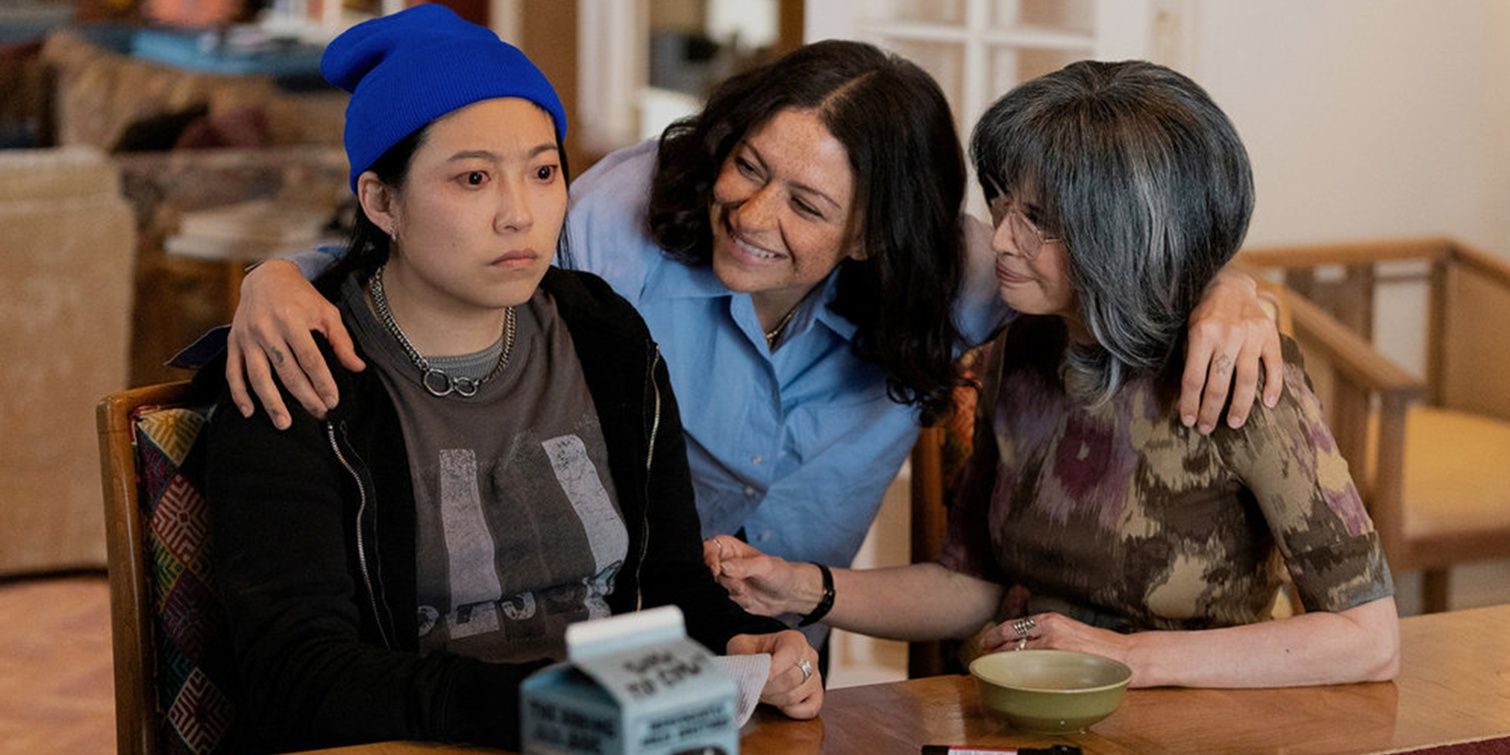Local TV meteorologists are weathering the storm - NewsBreak
To illustrate why it matters to have a local meteorologist forecasting the weather on television, Madison native Mike Nelson summons a random late night from his legendary 48-year career.
“It’s 11 o’clock,” Nelson says, “The show has been over for half an hour.”
He wants to go home. He wants to go to sleep. But he doesn’t.
“My sense is [that at] about midnight, or 1 a.m., we are going to really get hit with something. So I stay for the rest of the night so I can warn people if everything goes crazy.”
Nelson knows his colleagues across the country do the same thing.
“That,” Nelson concludes, “is the dedication that the person who lives in that market brings.”
Nelson, who retired in Denver last December, got his start at WKOW/Channel 27 in Madison. In January, Channel 27’s owner, Allen Media Group, announced that local weather coverage would be provided by the Allen-owned, Atlanta-based The Weather Channel going forward. This set off an uproar around the country, where TV meteorologists are both local celebrities and trusted purveyors of critically important information.
Allen quickly paused the initiative, but uncertainty at its stations remains, as it does across the financially troubled landscape of many local media companies. (In early June, Allen Media announced its intention to sell its television stations.)
Madison meteorologists reacted to the initial January announcement with dismay.
“I was shocked,” says Charlie Shortino, chief meteorologist at WMTV/Channel 15, who started at Madison-based Weather Central and has been at Channel 15 for more than 30 years.
“There were a lot of questions in our weather department,” Shortino says, “as to how you would handle a severe weather outbreak if you don’t have any in-house meteorologists.”
“My first thoughts were about my colleagues down the road,” says Alex Harrington, chief meteorologist at WISC/Channel 3 (News 3 Now/Channel 3000). “Channel 3, 15 or 27, we’re all in this together. Our job is to keep southern Wisconsin safe and informed of all weather types, but particularly when we have severe weather, be it winter storms or severe thunderstorms or tornadoes.”
Harrington notes that he and his colleagues make the decisions on when to break into programming and alert viewers about severe weather. The bond between viewers and their local meteorologists is strong.
“When that relationship is severed,” he says, “you have community members whose lives are at risk because they don’t have that local connection.”
The ability of local forecasters to graphically showcase the weather and pinpoint areas in imminent danger has greatly improved over the years.
Nelson spent the last three decades of his career forecasting weather in Denver, where he was chief meteorologist for KUSA/Channel 9 and KMGH/Channel 7.
Nelson was 6 years old when a severe storm in Madison set off sirens and ignited his passion for learning about weather. A decade later, he was scooping ice cream at Baskin-Robbins on Midvale Boulevard when Weather Central founder Terry Kelly, who did forecasts on WKOW/Channel 27, came in for a cone. A conversation ensued. Nelson was a freshman studying meteorology at the University of Wisconsin–Madison when Kelly hired him.
Nelson was only the fourth employee at Weather Central, which emerged as the nation’s preeminent weather computer graphics provider.
“When I started with Terry, we had magnetic suns,” says Nelson about the magnetic boards they would use to visually represent weather forecasts. “We used magic markers and would create hand-drawn maps on lightweight cardboard. Computers were huge for us, for both speed and storytelling.”
Along with doing forecasts on Channel 27, Nelson traveled the country teaching local forecasters, including Al Roker, then in Cleveland, how to use computers to create weather graphics.
Beyond computer graphics, the other technological innovation to make a significant impact on local weather forecasting was Doppler radar, named for Austrian physicist Christian Doppler. It gained widespread use with the U.S. government’s launch of the NEXRAD (Next Generation Radar) system in the 1990s.
“The biggest game-changer of my career,” says Shortino. “It was the turning point for severe weather forecasting. It allowed local meteorologists to be able to break into programming and give pertinent information, and in some ways use it as a teaching tool to tell the general public how severe weather works and what to look out for.”
The technology has continued to improve and now allows local meteorologists to be extremely precise in tracking severe and potentially dangerous weather.
“The technologies we have,” Channel 3 chief meteorologist Alex Harrington says, “allow us to get down to street-level mapping. We are able to tell individuals in a community where a tornado signature is at street level. We can say we have a debris ball on the southwest side of Madison.”
Meteorologists have to choose how hyperlocal they want to be in any given situation, Harrington says. “But the capability is there.”
It can’t help but strengthen the connection between viewers and their local meteorologist, which Harrington says is his favorite part of the job. He grew up on a dairy farm outside Madison, near Arena, and has been captivated by weather since the age of 4, when he watched the tornado scene in “The Wizard of Oz.”
“The community is inviting us into their homes,” Harrington says. “It’s an interaction. I want to be as informational as I can be, but also conversational, sharing my passion for weather and building trust.”
Nelson hopes Allen Media’s pause on shifting away from local meteorologists might be made permanent.
“I hope they’re not just trying to figure out how to repackage it,” he says.
Requests for comment from Channel 27 management were not answered.
“The television weathercaster has a unique level of trust,” Nelson says. “At the scariest time for them, we are the ones saying, ‘Here is what is going on.’ ”
Doug Moe is a Madison writer and a former editor of Madison Magazine. Find more by Moe in his web-exclusive blog at madisonmagazine.com/dougmoe.
COPYRIGHT 2025 BY MADISON MAGAZINE. ALL RIGHTS RESERVED. THIS MATERIAL MAY NOT BE PUBLISHED, BROADCAST, REWRITTEN OR REDISTRIBUTED.











